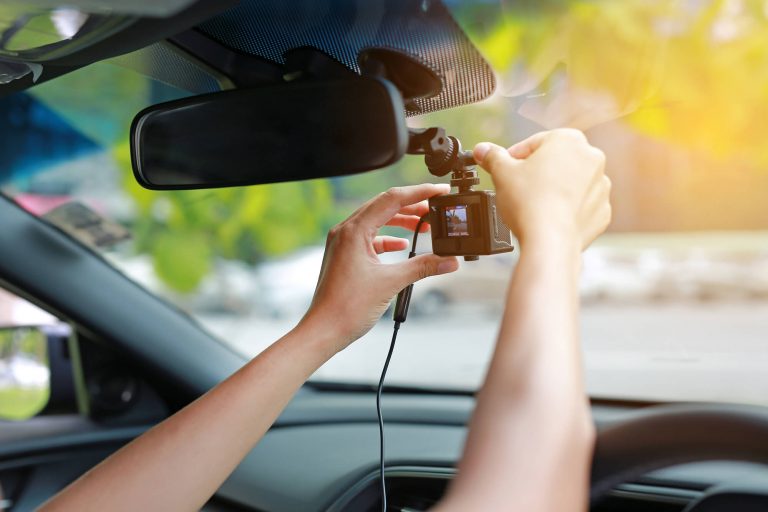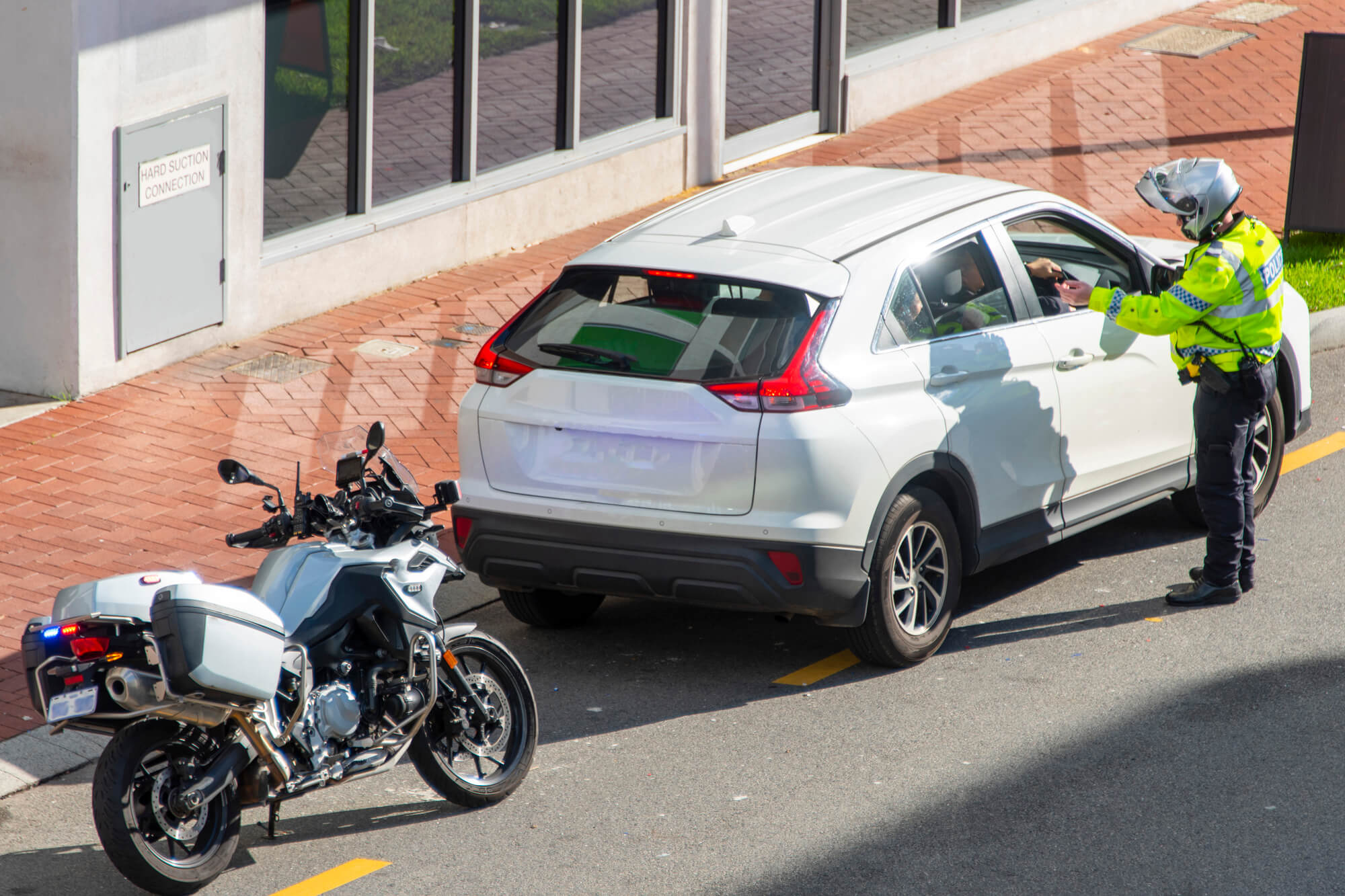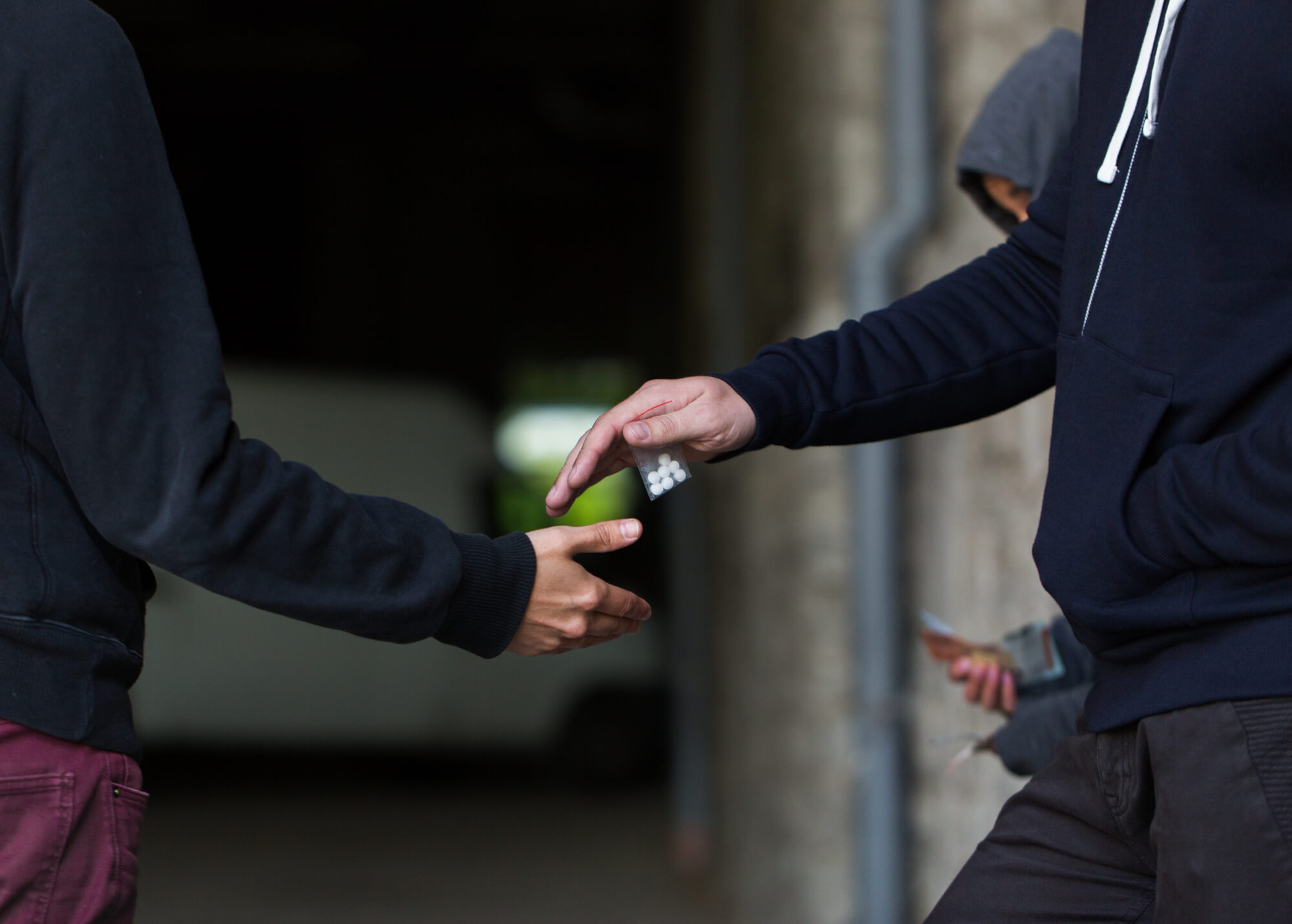 October 30, 2023
October 30, 2023
In our modern world, the roads are busier than ever. Whether you’re a daily commuter or enjoy the occasional road trip, chances are you’ve encountered traffic incidents, from minor fender benders to more serious accidents. With the growing popularity of dash cams among drivers, these small, unassuming devices have taken on a significant role in the world of traffic incidents and accidents.
The dash cam, a small camera mounted on the dashboard or windshield of your vehicle, has become a common sight on the roads of Australia and around the world. Why are more and more drivers turning to these devices? The answer lies in the benefits they offer.
Dash cams provide an extra set of “eyes” on the road, capturing real-time footage of your surroundings as you drive. This footage can serve various purposes, such as documenting scenic road trips, capturing unexpected wildlife encounters, and most importantly, recording crucial evidence in traffic incidents.
One of the primary reasons for the surge in dash cam usage is their ability to capture clear, unbiased evidence of events on the road. In an age where disputes and accidents happen, having an objective record can make all the difference.

Now, let’s delve into the legal aspects dash cams and traffic law in Australia. You might wonder if there are any regulations or guidelines governing their usage. Well, dash cams are generally legal and are widely accepted as a tool for enhancing road safety. However, there are some important considerations to keep in mind.
The installation of a dash cam is allowed, but it must not obstruct your view or create any reflections that could interfere with your driving. It’s important to position the camera in such a way that it does not interfere with your field of vision. A well-placed dash cam can capture vital information without causing any distractions.
Additionally, it’s crucial to be mindful of privacy and consent when using a dash cam. Recording people without their knowledge or consent can raise legal and ethical concerns. As a responsible dash cam user, it’s advisable to inform your passengers and make them aware that they are being recorded. Privacy issues aside, this transparency can also deter potential fraudulent claims in the event of an accident.
In Australia, the use of dash cam footage in legal proceedings is well-established. Dash cam footage is admissible in court, and it can play a pivotal role in resolving disputes and determining liability in traffic incidents.
As we continue our exploration of dash cams and their legal implications, we’ll look at specific cases where dash cam footage has made a difference and the ethical considerations surrounding their use.
To understand their legal significance, it’s crucial to know how dash cam footage can serve as vital evidence in traffic incidents. In many cases, this unassuming device has become the unsung hero, shedding light on what truly transpired during an accident or dispute.
Imagine you’re involved in a car accident, and both parties have different accounts of how it happened. Without concrete evidence, it often becomes a game of “he said, she said.”
Dash cam footage provides an objective record of the road conditions. The footage can be used to corroborate or challenge the statements of those involved in an incident, leaving little room for ambiguity or manipulation, unlike eyewitness accounts which can be influenced by personal bias or memory lapses.
Dash cam footage can also expediate the claims process with insurance companies.

While dash cams are valuable tools for recording road incidents, their usage raises important questions about privacy and ethics.
One of the most significant privacy concerns associated with dash cams is the inadvertent recording of individuals who may not wish to be filmed. Most of us wouldn’t appreciate being filmed without consent. Dash cam footage records pedestrians, cyclists, and other drivers on the road and in most cases these third parties are wholly unaware that a dash cam is operating. As a result, it’s essential to consider the period in which dash cam footage is stored.
To navigate this concern, it’s recommended to inform passengers and individuals in your vehicle that they are being recorded – especially so when the dash cam faces inwards. Many dash cam models feature a visible recording indicator, which can serve as a clear signal that recording is in progress, and we recommend using these models where possible.
The responsible use of dash cams includes ensuring that recorded footage is not used for malicious intent, such as shaming or harassing others on social media. Such behaviour can have legal consequences and tarnish the reputation of dash cam users. For example, if you witness something funny it shouldn’t end up on your YouTube channel the next day (without consent).
To maximise the benefits of your dash cam and ensure compliance with traffic law in Australia, consider the following tips:
In today’s world of increasingly complex roadways, dash cams have become essential companions for drivers. They not only provide peace of mind but also serve as reliable witnesses in traffic incidents and accidents. From capturing evidence to simplifying insurance claims, these unassuming devices have proven their worth.
As we’ve explored the legal perspective of dash cams and traffic law in Australia, it’s clear that their usage is generally accepted when used responsibly and within the bounds of privacy and the law.
Dash cams are not just gadgets; they are tools that contribute to road safety and accountability. When used with care and respect for the rights and privacy of others, they can be a force for good on the road.
So, keep your dash cam recording, drive safely, and remember that you hold the power to protect yourself and others on the road. Safe travels!




